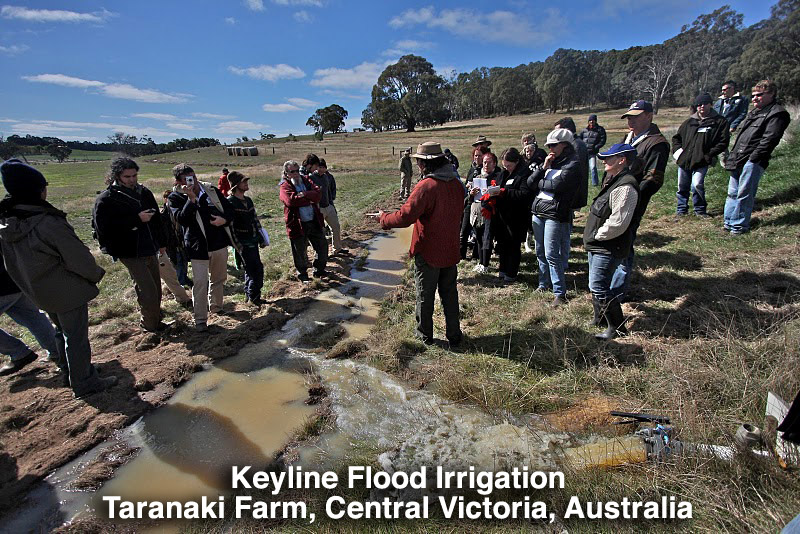
Regenerative Agriculture Is Saving Farmers and the Environment
It is quite clear that in order to continue feeding a growing population, we must first feed the soil. One of the best ways to prevent global disaster, save our health, and build a sustainable economy is through regenerative agriculture.
Regenerative techniques, which include cattle grazing, can address a number of pressing problems, including water scarcity, soil erosion and degradation, air and water pollution, loss of biodiversity, and rising toxicity levels both in the environment and in our food.
October 11, 2015 | Source: Mercola | by Dr. Mercola
It is quite clear that in order to continue feeding a growing population, we must first feed the soil. One of the best ways to prevent global disaster, save our health, and build a sustainable economy is through regenerative agriculture.
Regenerative techniques, which include cattle grazing, can address a number of pressing problems, including water scarcity, soil erosion and degradation, air and water pollution, loss of biodiversity, and rising toxicity levels both in the environment and in our food.
Allen Williams is a sixth-generation farmer, born and raised on his family’s farm in South Carolina, which has been there since 1840. This family heritage has played a major role in shaping his career.
When starting college, he fully intended to return to the family farm and spend the remainder of his life there. A highly respected professor shifted his plans for a time however, and he ended up spending 15 years in academia, teaching and doing research.
“I concentrated in animal science, livestock area. I got my bachelor’s and master’s degree at Clemson University in South Carolina and my PhD at Louisiana State University,” Allen says.
During that time, I was heavily involved in commodity and conventional agriculture. But I started noticing that we were spending a lot more money on what I call “props”, things such as pharmaceuticals, soil fertilizers, chemicals, seed supplements, and vitamin and mineral supplements for livestock…
I noted that we were using more and more pharmaceuticals to keep animals healthy, and that our soil health was declining along with things like soil organic matter and water infiltration rates.”
Conventional Farming Is More Expensive in the Long Run
As soil health has declined from poor land management and heavy chemical usage, farmers have had to increase the amount of external inputs used on their land, such as inorganic fertilizers, herbicides and pesticides. The added costs have resulted in steadily dwindling profits.
In the 1990s, Allen began looking at how livestock was being raised and how soils were being treated. For more than two decades now, Allen has collected soil data along the way, including data on forage, plant, and animal performance, along with ecosystem-type data.
This helped him understand what’s really occurring, and has helped him develop, formulate, and implement land management practices that have reversed much of the negative impacts done by the conventional model.
This includes improved soil health and boosted ecosystem biodiversity. In 2000, Allen left the University system and went back into private business full-time.
Since then, he’s consulted with more than 4,000 farmers and ranchers across Canada, the US, Mexico, and South America, particularly concentrating on the areas of grass-based animal agriculture.
He also is involved in his own grass-based ranching venture and is partners in Joyce Farms,1 a grass fed beef and pastured poultry branded program.
His consulting includes grass-fed beef-, grass-fed lamb-, pastured poultry, and pastured pork production. Soil health has also been a major focus. “With all of our current clients, we concentrate on building the soil foundation first – soil health is key – and then everything else is generated from there,” he explains.
https://www.youtube.com/watch?v=xhTY2Wymtok
